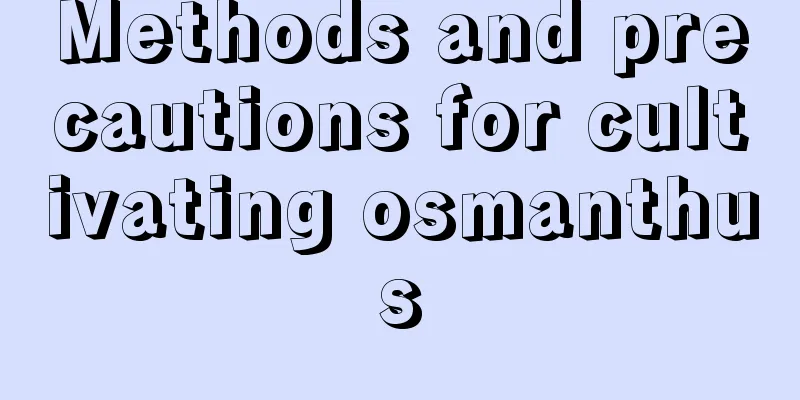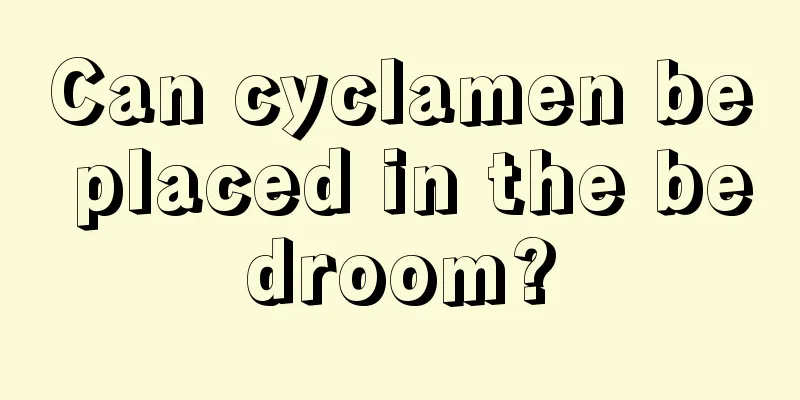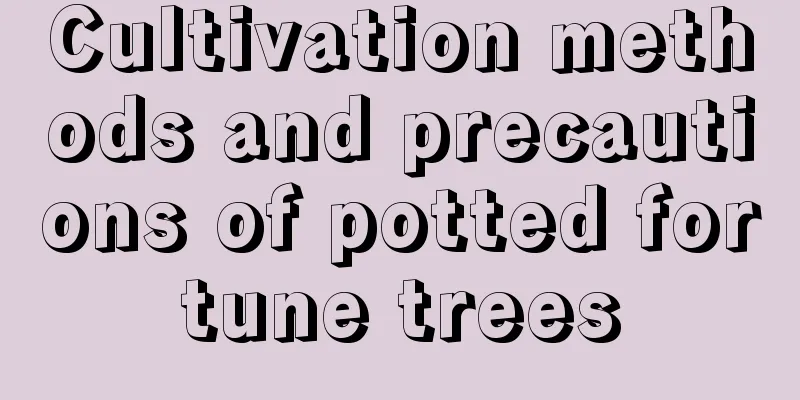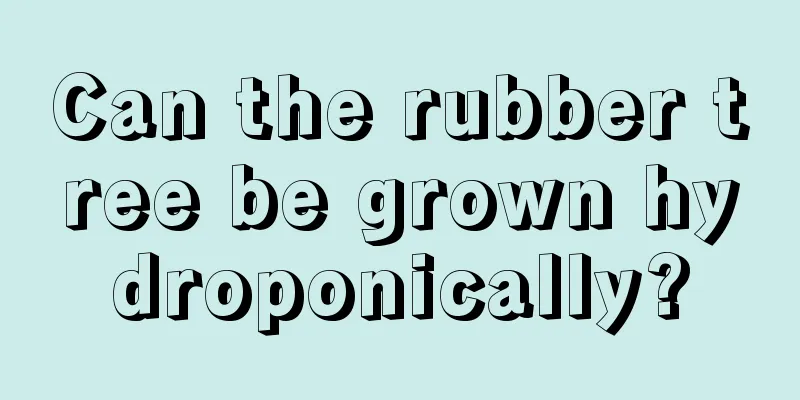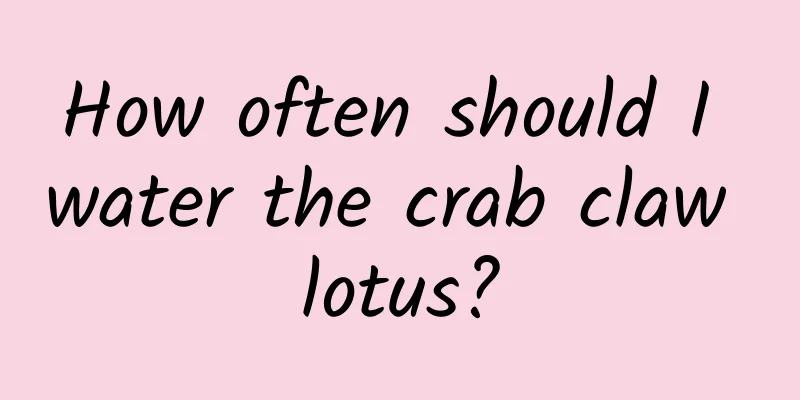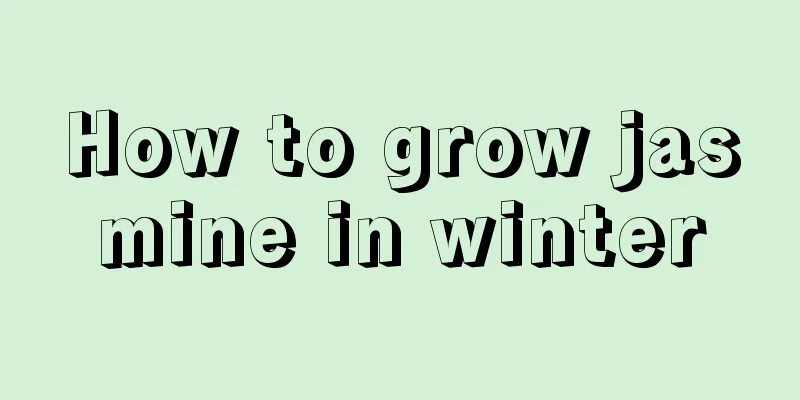Treatment of pear psyllids on pear trees
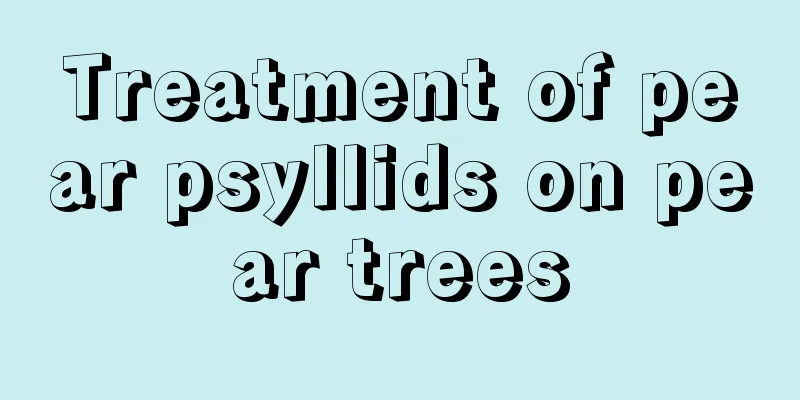
|
Pear psylla is the most common, most harmful and most difficult pest to control on pear trees. It occurs almost everywhere in the country. Young and nymphs mainly harm young leaves, buds and tender shoots. So what is the treatment for pear psylla on pear trees? Let’s take a look below. 1. The harm of pear psyllid The pear psyllid feeds on sap from buds, leaves and young shoots as adults and nymphs, causing new shoots to wither and leaves to fall early; the adults feed on mature leaves and cause damage. The nymphs secrete honeydew on the lower leaf surface, which can easily cause brown spot disease and sooty mold, affect photosynthesis, contaminate the fruit surface, cause poor fruit development, and stop the growth of affected branches, seriously affecting pear yield and quality. 2. Factors causing pear psyllid 1. Caused by climatic factors, pear psyllids are more serious in areas with severe drought or high temperature, and the development of eggs and nymphs increases rapidly at 20-22℃. 2. The pear orchard is managed in a relatively extensive manner, and the closed interior makes it easy for pear psyllids to occur. 3. Pear psyllids are serious in pear orchards where nitrogen fertilizer is excessively applied and vegetative growth is lush. 4. Failure to apply postpartum fertilizer in time after harvesting can lead to serious infestation of pear psyllids on weak trees. 5. Pear psyllids are serious in pear orchards that are not strictly cleaned. 3. Prevention and control methods of pear psyllid 1. Physical prevention In early spring, before the pear trees sprout, scrape off the old and peeling bark on the branches and burn them together with dead branches, fallen leaves, weeds, etc., supplemented by winter irrigation, which can eliminate most of the overwintering adult insects. 2. Chemical control ① From late February to early March, when overwintering adults are emerging from hibernation, choose sunny, warm and windless weather and spray imidacloprid, thiamethoxam, etc. between 11:00 and 15:00. ② When 80% to 95% of the pear blossoms have fallen, it is the critical period for prevention and control throughout the year. You can spray acetamiprid soluble powder and Agriland emulsifiable concentrate, and focus on the base of the petiole of the young leaves. ③In mid-May, you can spray imidacloprid + amethoxam + chlorpyrifos No. 3. ④ The natural enemies of pear psylla include the pear psylla jumping wasp and the psylla jumping wasp. It also has a certain control effect on lacewings, ladybugs and small flower bugs. Therefore, from late April to June, when the occurrence of borers and aphids is not large, try to use methods such as sexual traps, sweet and vinegar traps, and branch and trunk spraying to protect natural enemies. ⑤Avermectin EC + imidacloprid soluble agent + synergist ⑥Buprofezin wettable powder ⑦Avermectin EC + Imidacloprid WP That’s it |
>>: When to prune southern grapes, pruning time and method
Recommend
How to care for succulent plants
1. Soil Use Succulents have certain requirements ...
Potted grape planting method
Environmental requirements temperature The tolera...
Artemisia selengensis planting time and method planting technology and management methods
Artemisia planting time Artemisia selengensis is ...
The flowers of these "4 kinds" are as big as a palm and their colors are as bright as rhododendrons!
Dahlia The flowers of dahlia are just like their ...
The growth environment of vines is suitable for growing
Growing environment conditions of rattan Wisteria...
Impatiens growth environment conditions and characteristics
Impatiens growth environment conditions and requi...
Is burdock a yam? Can it be eaten the same way as yam?
1. Is it yam? The appearance of burdock looks ver...
Why are the tips of the green radish leaves turning black and withering as if they were burnt?
Many people like to keep a pot of green ivy at ho...
How to Make Your Own Clivia Soil
1. Formulation requirements Clivia needs fertile ...
Does Saxifraga prefer shade or sun?
Does Saxifraga prefer shade or sun? Saxifrage is ...
How to water small-leaved red nanmu in winter
Watering in winter Small-leaved red nanmu needs t...
What flowers are suitable for growing in Altay, and what are the city flowers and trees?
1. Climate characteristics of Altay Altay has a t...
How to store passion fruit
Storage method Store at room temperature in a dry...
How many days does green onion grow?
The growth process of green onions, from sowing t...
What are the cultivation methods and precautions of blue snowflakes?
Blue Snow Flower Introduction Blue snow flower is...
